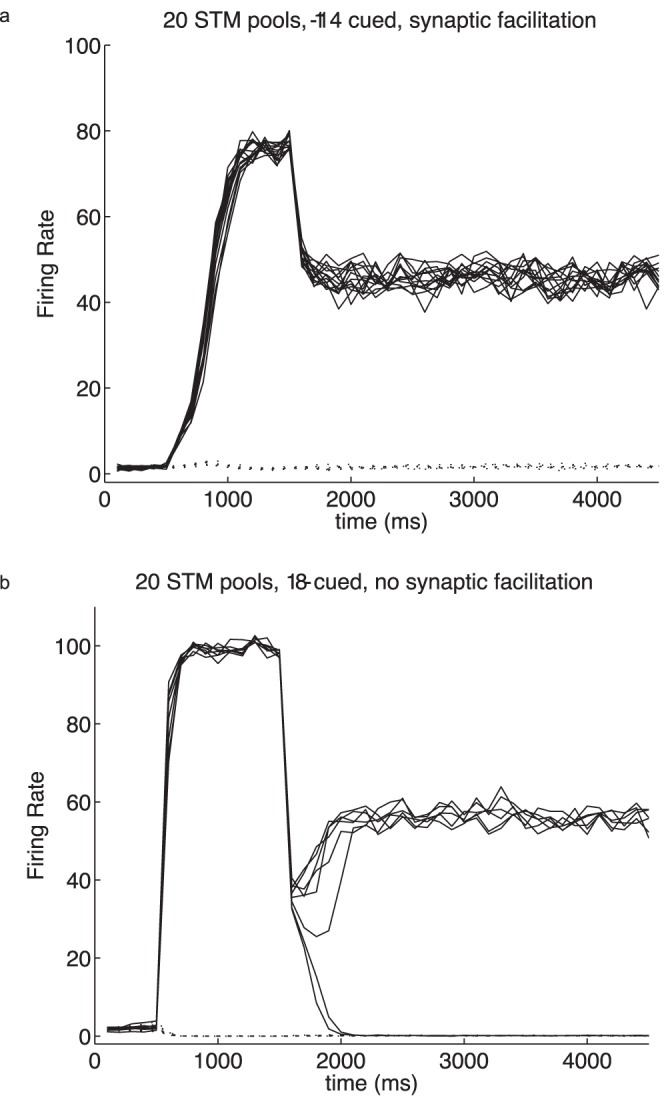Figure 6. Simulations of short term memory with multiple simultaneously active pools with a sparseness of the representation a = 0.05.

There were 20 pools in the integrate-and-fire simulations. (a) With synaptic facilitation, it was possible to cue on (500–1500 ms) up to 20 pools, and for all cued pools to remain stably active after the removal of the cues at 1500 ms. w + = 3.5, w inh = 0.95. In the example shown, 14 pools were cued, and all 14 remained firing in the short term memory period after the cues. The firing rates of all 20 pools are shown, with those within the cue set shown with solid lines, and those not cued with dotted lines. (b) Without synaptic facilitation, it was possible to cue on (500–1500 ms) up to 7 pools, and for these to remain stably active after the removal of the cues at 1500 ms. w + = 2.5, w inh = 0.975. In the example shown, 8 pools were cued, and only 6 remained firing in the short term memory period after the cues, with 2 of the pools not maintaining their firing rates. The firing rates of all 20 pools are shown, with those within the cue set shown with solid lines, and those not cued with dotted lines. There were 4000 neurons in these simulations, and λext was 3.05 Hz per synapse on each of the 800 external synapses. Similar results to those in (b) could also be obtained with w + = 6, w inh = 1.1.
